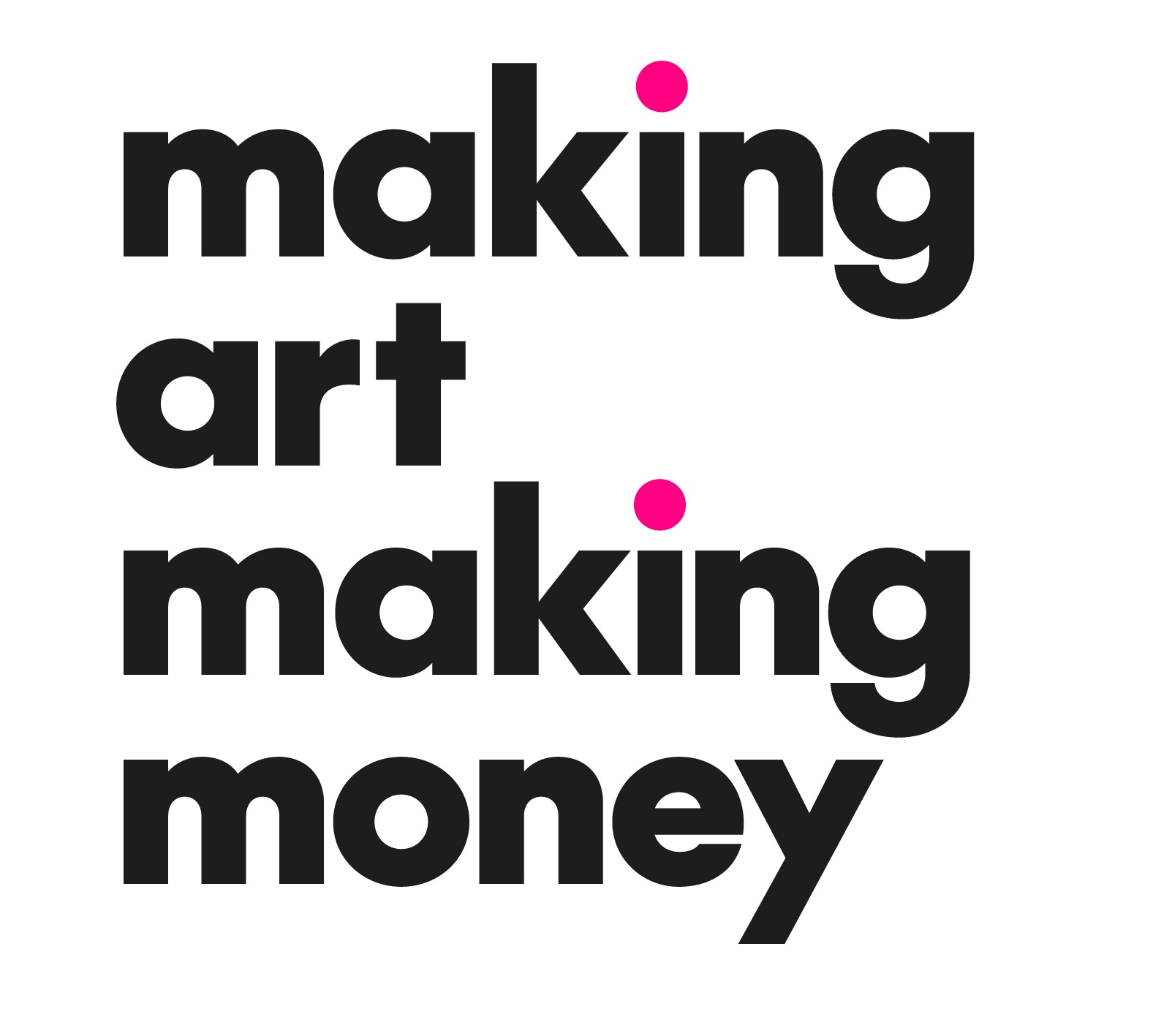What's Your People Policy?
What's Your People Policy?
(Transcription)
Ann Rea: (00:00)
Well, hello everyone. Ann Rea, fine artist, and mentor. Creator of the Making Art Making Money program. And I am here today to talk to you, fine artists out there, who need to put a certain policy in place. So I like to call it– and we have a written policy. It’s actually called this, it’s called the “No $hity People Policy.” And what does that mean? Okay. What does it mean is life is too short to deal with people who are PITAs. We actually have a PITA file, which stands for “Pain In The Ass.” Right? Life’s too short. And the other reason why you’ve got to put this policy in place is because your confidence can be easily crushed. Your inspiration can easily evaporate if you allow yourself to entertain these people, right? I mean really you’ve got to lay down the law, and you don’t have to be aggressive about it.
Ann Rea: (01:05)
You don’t have to be defensive about it. You just have to be clear. So how do we do this? And what do I suggest? Alright. So first of all, first and foremost, you’ve got to have clear terms. What happens if someone doesn’t like your art and they want to return it? What is your written policy around that? Do you accept commissions, or do you not? And if you do accept commissions, what does that look like? Do they need to pay you upfront? Do they need to pay you half, and then the rest before delivery? Do you offer shipping? What happens if the art gets damaged during shipping? What is your written policy? It’s no good having this as a conversation, and a handshake because contracts save relationships. So you want to write this down. You want to have real clarity around it.
Ann Rea: (01:58)
And the good way to start is, imagine all the potential things that could go wrong, and how you would handle them, like list an FAQ of questions where a potential collector might ask you, “Hey, you know, what happens if my art is damaged during shipping?” Or “what if I buy it for my wife? And she doesn’t like it?” You know, what are you going to do? And only you can decide what those terms are. I mean it’s really up to you. You have to decide, because if you don’t decide what your business terms are, you’ll be unable to defend them. Now, if you’re working with an art gallery or representative, good fricking luck, because they are the ones who define all the terms and then you need to follow along. I’m not a big fan of that. I’m a big fan of being the boss of myself, right?
Ann Rea: (02:52)
So that’s what I recommend that you do. So that’s one area– and you will avoid so many hurts, and miscommunications, and broken relationships if you’ve got your terms and conditions laid out in writing. And what I will say about this is it’s never done, because you think you’ve anticipated all these potential problems that could arise, and they will because it’s part of life and you’ve written it all out. And then guess what? Something else, another situation presents itself that you couldn’t have possibly imagined. And now you’ve gotta update your terms and your conditions to deal with that particular problem. Right? Okay. So let’s say like copyright infringement, how are you going to deal with that? Are you going communicate copyright upfront, and make it clear so that we don’t even have to go down that ugly road? I hope so. Right? Okay. So that’s one area that you can really cut out
Ann Rea: (03:50)
a lot of shitty people. Just having really clear terms and conditions. You got to tell people what are the rules of doing business with yo. What rules of buying your art? Because if you don’t tell them, they’re going to tell you, and you might not like what you hear. Alright. So that’s number one. Number two pricing. It is amazing to me, even though artists say they have their prices outlined, then someone comes along and offers a discount. Guess what? Your prices are BS if you offer a discount. I worked with a representative in Los Angeles for a while way back when. And she asked me if I’d be willing to discount my art. And I said, “Absolutely not. The price is the price.” And she said “Good, because of all the art of the artists I represented for the past 20 years, the artists who don’t discount always sell significantly more art than the ones who do.”
Ann Rea: (04:49)
Why is that? Because price is perception. And if you’re willing to discount, you don’t have any confidence in your art, and you’re inviting conflict. You’re going to feel bad about yourself. You’re going to feel bad about the discount even if you’ve sold the art at a discount, you’re gonna feel bad because you’re out of integrity with your prices, right? And it kills your confidence. So another great way to maintain a “No $hity People Policy” is to not only have clear terms, but have clear prices and stick to them. And last but not least, “No” is a complete sentence. You don’t need to explain yourself. Your policies are your policies. Your prices are your prices. Okay? It’s really just that simple. So those are three tips on how to basically get along with potential collector, and existing collectors. Sounds simple, but when you look back on your behavior, you might not be aligned with these three tips: clear to having clear written terms and conditions, having a clear pricing structure with no discounts whatsoever or donations. Please don’t get me started on that.
Ann Rea: (06:05)
And you are willing and able to just say “No” to something that doesn’t feel good. If you’re not inspired to do it, don’t freaking do it. It’s just going to take you down. Now, if you want to learn more, I am hosting a brand new, brand new challenge, free five-day challenge that’s starting on Tuesday, January 18th. It’s going to be starting at noon Pacific standard time live, and we’re going to be going for a half hour for five days, but I’m also going to be giving you very specific action steps, very practical, tangible steps to take so that you can start the year 2022 off really well selling more art than you ever have before. Now, who is this for? Everyone wants to know that, right? So if you’ve already sold your art then, and you want to sell more then, this is for you. Whether you’ve sold, whether you’re a full-time artist, or a part-time artist. If you’ve never sold your art before, I don’t really know if I can help you,
Ann Rea: (07:09)
Because we just–what I find is it’s not that it’s not possible. The issue is more of that artists who have never sold their art don’t tend to have enough confidence for me to help them. It’s just a broad generalization. I’ve definitely helped artists who have never sold their art. But I always like to be really clear, and transparent about who I’m able to help, and who I’m not. I have students who never sold any art. Most of my students have sold at least 2,500 USD of their art. And I have a student who’s well on her way, if not surpassed 1 million in art sales. So I have a pretty broad range. What I’m teaching are very fundamental, luxury marketing and sales strategies, and they are specific to fine artists.
Ann Rea: (08:01)
So you can study marketing, and you will chase your tail forever because conventional marketing teaches how to sell goods or services. As an artist, your product is emotion. The other problem with studying conventional marketing sales, and business is it’s not necessarily luxury, which is a different beast because you’re dealing with the affluent, and they make decisions differently than mainstream customers. So remember, you’re not your customer. You have to learn how the affluent make decisions about buying things. So come to the five-day challenge and really, really smart thing for you to do would be to think of one or two other artists who are just like you, and invite them, because then you’ve got someone who you can buddy up with, and you can, you know, share what you’ve learned. And you can also kind of hold each other accountable to make sure that you get that homework done. Cause there’s no sense in just listening to me passively. I don’t want you to do that. That’s why I keep the lectures really short and sweet, because I don’t want to bore you with that. I want you to get to work so that you can start getting results. The results being, selling more of your art, number one; making more money, number two; and doing it all with so much more ease. So I hope to see you there. And I hope that you too will create a “No $hity People Policy” in your business.

Ann Rea, Fine Artist & Mentor
Ann Rea is a San Francisco-based fine artist. She created Making Art Making Money®, the leading and most reputable business program for fine artists since 2005. Rea’s art and business savvy have been featured on ABC, HGTV, Creative Live, The Good Life Project, in the book Career Renegade by Jonathan Fields, the San Francisco Chronicle, Art Business News, Fortune, and Inc. Magazines. Rea’s artistic talent was commended by her mentor, art icon Wayne Thiebaud.
